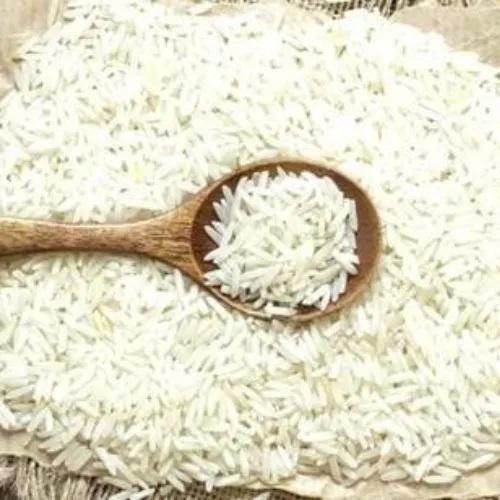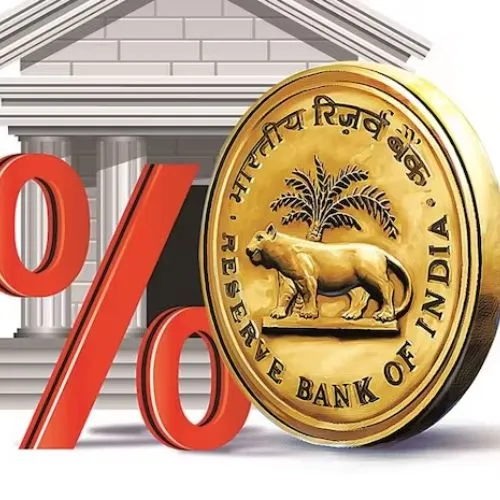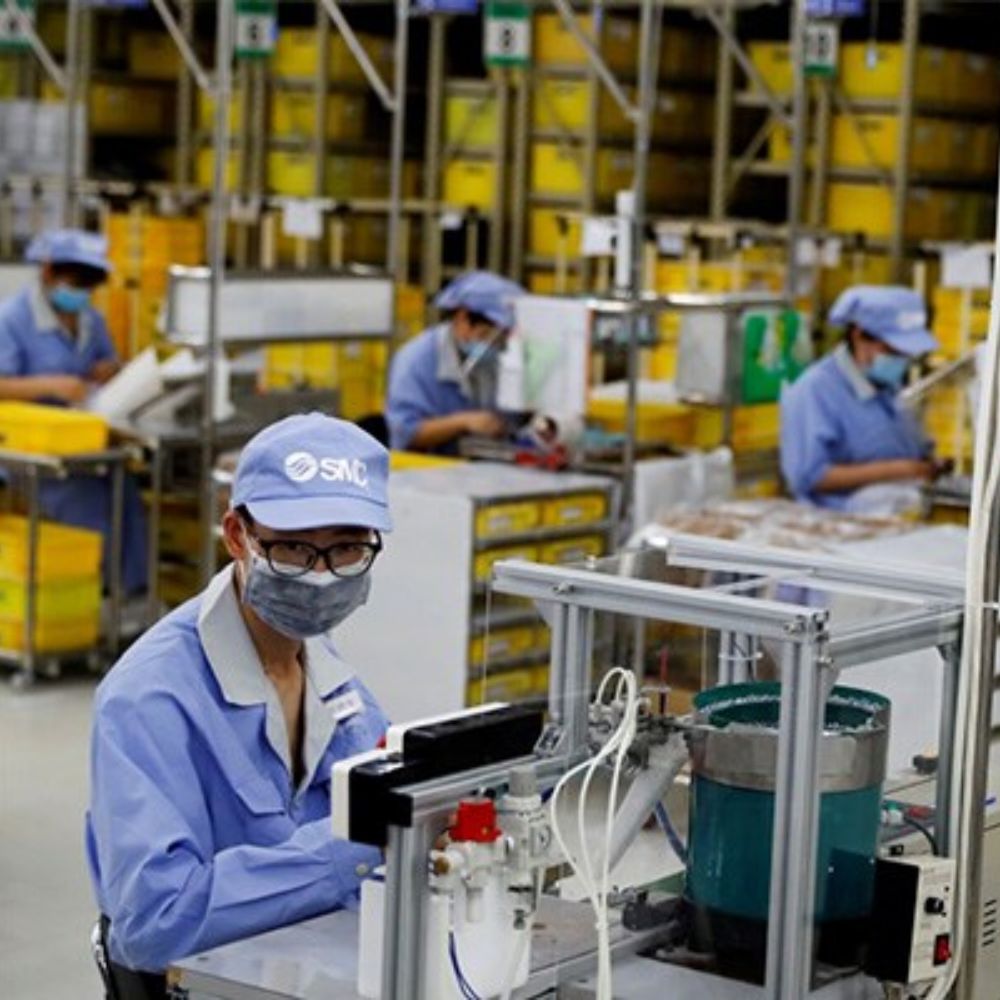The global rice market is currently witnessing a substantial upsurge in prices, reaching its highest point in the past 11 years. This escalation can primarily be attributed to India’s decision to increase payments to farmers, coupled with the looming threat of El Nino adversely affecting yields in major rice-producing regions. Furthermore, the rising costs of alternative food staples for impoverished populations in Asia and Africa are contributing to the upward trend in food prices. This article delves into the various factors underlying the rally in rice prices and the potential implications it carries.
The Impact of India on Rice Prices:
Historically, India has been the most cost-effective supplier of rice, accounting for over 40% of global rice exports. However, the implementation of a new minimum support price has resulted in a surge in Indian rice prices. Consequently, other suppliers have also followed suit by raising their prices.
The Threat of El Nino:
The El Nino weather phenomenon, renowned for causing reduced rainfall, poses a significant risk to rice production, particularly in Asia, where nearly 90% of this water-intensive crop is cultivated. Even prior to the onset of El Nino, the global rice price index had already surpassed its highest point in 11 years, indicating the market’s vulnerability to further disruptions.
Forecasts and Production Outlook:
Despite near-record output forecasts by the U.S. Department of Agriculture (USDA) for the leading rice-producing countries—Bangladesh, China, India, Indonesia, Thailand, and Vietnam—El Nino is expected to adversely affect rice yields across all major producers. This potential decline in production, coupled with limited supplies, has already contributed to the escalating prices.
Diminishing Inventories and Decreasing Stocks:
Global rice inventories are projected to reach a six-year low of 170.2 million tonnes by the end of 2023/24, primarily due to diminishing stocks in China and India. The surging demand in recent years further exacerbates the strain on available rice supplies.
Price Rally and Implications:
In the event of a sharp decline in rice yields, prices could potentially surge by 20% or more. Concerns regarding supply shortages arise as the second rice crop in most Asian countries is expected to yield lower-than-normal results due to El Nino. Thailand has already advised farmers to plant only one rice crop due to below-average rainfall. In India, planting for the summer-sown rice crop has witnessed a 26% decline compared to the previous year, primarily due to the monsoon bringing less rain than usual.
Potential Export Restrictions:
As the ruling party in India remains concerned about food inflation, the slow start of rice planting and the rise in domestic prices raise apprehensions for the upcoming elections. The government might contemplate imposing export restrictions, similar to the previous limitations on wheat, rice, and sugar, in order to control price hikes.
Global Supply Challenges and Stockpiling:
Restrictions on Indian rice exports would pose challenges for other countries in compensating for the reduced supplies. Myanmar, Pakistan, Thailand, and Vietnam could potentially increase their exports by 3 to 4 million metric tons to alleviate the situation. Nevertheless, accumulating stockpiles becomes more arduous due to the surge in prices.
Conclusion:
The surge in global rice prices can be attributed to multiple factors, including India’s increased support price for farmers, the looming threat of El Nino affecting yields, and the rising cost of alternative staples. The potential decline in production and dwindling inventories raise concerns about supply shortages and further price escalations. As Asian nations strive to secure rice supplies, traditional buyers such as Indonesia and the Philippines have been actively building stocks and increasing purchases from Vietnam. The situation remains dynamic, and the market is poised to become a sellers’ market if El Nino significantly impacts rice production.















